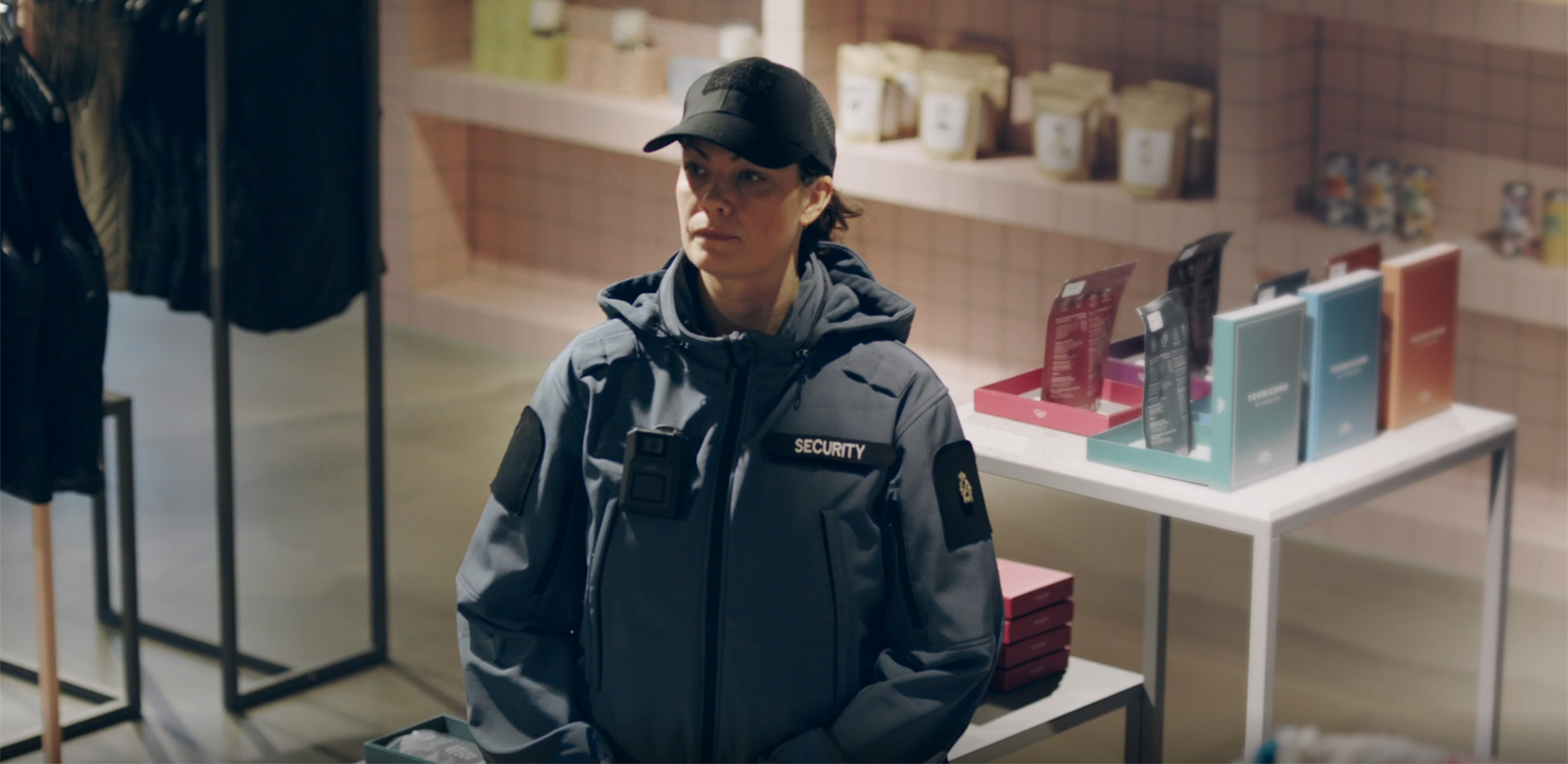5 tips for purchasing a body worn camera solution
Body worn cameras are increasingly recognized as being a valuable complement to traditional surveillance, offering a perspective that is comparable to the wearer’s own and, in that, providing video and audio useful in a number of scenarios. There are myriad benefits to implementing body worn cameras and use cases extend across a range of industries – from law enforcement and private security, to healthcare, to transportation.
Recognizing the business need
Although there are many use cases where body worn cameras would offer an advantage, each organization must determine why and how this solution would benefit their business and workforce, especially in the context of an existing surveillance system in order to maximize investments already made. Having a clear understanding of the primary function of the camera helps shape the decision of the solution to invest in. For example, wearable cameras designed for consumer use are sometimes found being used by private security firms. Problems can arise due to cybersecurity risks, limited functionality and a lack of robustness associated with these cameras. In addition, consumer models are not intended for professional use and workflows can be cumbersome, especially when transferring material on and off of devices. If video footage is required as evidence following an incident, it is imperative that the solution is resistant to tampering, manipulation or data theft, from its capture to, potentially, the courtroom.
Tips to consider when purchasing a body worn camera solution
Once the primary use case has been established to align with the business need, there are five key points that organizations must consider before selecting an appropriate solution. This will help them to maximize their return on investment:
1. Quality
Body worn cameras are on the frontline of activity. They must be able to withstand every condition that the wearer endures – including impact, extremes in temperature and adverse weather conditions – while producing consistently high-quality images and audio. The longevity and durability of the hardware are critical to continued functionality. In addition, the manufacturer should offer ongoing support, trouble-shooting and training to ensure the best performance.
2. Ease of use and design
These devices are intended to be worn for the duration of a shift and the weight and size of the device must be considered, so as not to impede the movements of the wearer. Also, the device must be able to record several hours of footage and be easy to operate, especially in stressful situations.
From a software perspective, the video management should be simple following the recording period. This involves the automated, fast and reliable transfer of video data in the right format, with the appropriate cybersecurity processes in place to prevent the footage from being tampered with, leaked or manipulated.
3. Ability to integrate
One of the key aspects of a new solution is how easily it integrates with existing equipment and systems. An open architecture will give customers the flexibility to integrate the body worn cameras with existing Video Management Systems (VMS) or Evidence Management Systems (EMS). This ensures that it acts as a natural extension of the surveillance system, removing the need to ‘rip and replace’; ultimately protecting existing technology investments and ensuring fast deployment and return on investment.
4. Breadth of functionality
A range of body worn solutions are available on the market today: each offers different functions, and therefore enables different benefits for both the wearer and the organization as a whole. Features range from delivering tamper-resistant video to location tracking or even the potential to live stream with the tap of a button. Different features may be considered more useful in some industries than others. For example, healthcare staff in an emergency department or paramedics in an ambulance often deal with threats or even physical violence. With live streaming functionality, they can activate their body worn camera to stream video content directly to an operator in real-time – helping them to get more support as quickly as possible. Organizations must ensure the solution they choose offers the right capabilities to optimize their operations and protect their staff.
5. Futureproofing
There is unknown potential yet to be unveiled as body worn camera manufacturers continue to expand solution capabilities and open up new use case possibilities. It is worth opting for solutions which are easily scalable, as well as checking that the manufacturers are still investing in adding new functionality. In this way, solutions bought today can continue to serve the organization’s best interests for a long time to come.
Continued added value for new industries
As the benefits of body worn cameras become more widely recognized, other industries are starting to consider these solutions for new applications. This may be to confer improved safety to an environment, deter criminal behavior, document incidents or for training purposes. By considering the points discussed, businesses across a range of sectors can make the right choice of solution when they choose to invest.
Click here to learn more about the benefits of body worn solutions.



